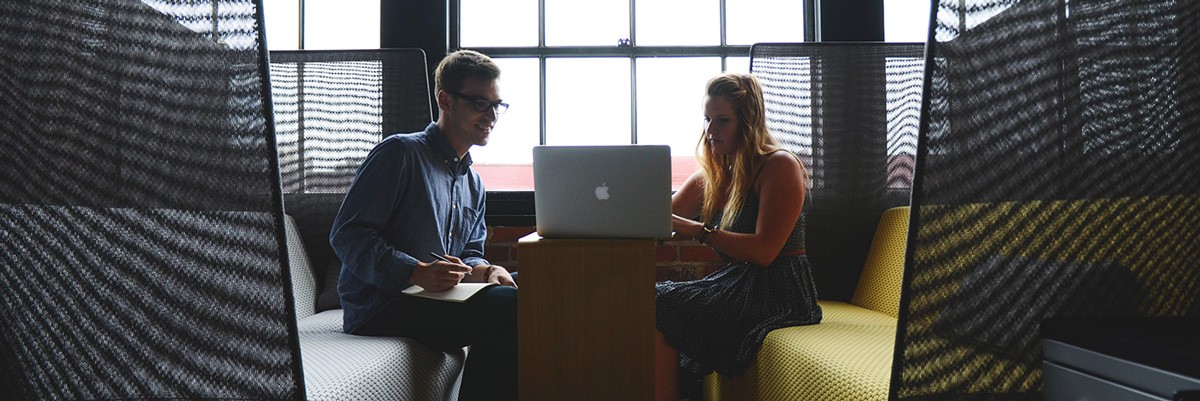As part of a drive to increase efficiency and productivity more and more organisations are transitioning to hot desking or “hotelling” (reserve a space/desk for a certain period of time). The common experience is finding (or booking) an empty desk and setting it up. Then at the end of the day (or booking period) , clearing it all away again.
While maximum use of office space, and therefore cost savings are a clear benefit, employers cite other advantages, often wanting to emphasise that cost savings are not the (sole) motivation. Some of the documented benefits include increased employee engagement, innovation, flexibility and productivity, alongside improved co-operation and collaboration with colleagues.
However, employees do report mixed feelings about this form of working arrangement. Academic surveys on employee satisfaction with the trend show some employees benefit from the practice while others strongly dislike it. Recently a team leader commented that she feels like ‘walking away” when she arrives at work after dropping her child to day care to find all the available spaces taken for the day. Imagine how difficult it will be for her to support her team that day in these circumstances.
For managers who tasked with implementing a transition to hot desking –what can be put in place to support staff through such time of transition and are there strategies that will make the transition easier and more successful?
- Encourage your staff to raise their concerns about the pending transition – what are their fears? What can you do to alleviate these or to help them overcome the fears?
- There is no one size fits all. Review personality styles with your team – who prefers close team working and regular talking with colleagues? Who has a preference for solo working and quiet time by themselves? Their space needs will be different
- From general organizational research we know that it is important for employees to be able to exert some control over how and where they work. Providing some choice about potential work spaces is therefore important.
- Alongside this control and choice, ensure staff have the equipment and resources they need to do their work effectively
- Ensure the technology is adequate and mobile too
- Make sure there is enough physical space – competition for space can lead to employees feeling unvalued, as well as stressed.
- Provide quiet spaces and spaces to have breaks as well as working spaces to ensure staff are supported to take recovery breaks
- For employees who like routine and predictability facilitate some booking systems for desks or working spaces
- Support staff who like to bring in personal items to give themselves a sense of belonging
- Provide lockers so staff have somewhere secure to keep personal items or resources they may not want to carry around
- There is clear research that open plan environments create more interruptions and distractions for employees. Support the use of headphones or other strategies to reduce noise.
Other considerations for managers:
- Is it possible to have a mixed model – to mix up the hot desking? The idea behind “Activity Based Working” for example is having designated spaces for colleagues to talk and work together, other spaces for reflective or quiet working, break out areas for coffee or recovery breaks and so on.
- Allow a good amount of transition time and a chance for staff to ask questions or adjust to the new environment. If possible, set up a portion of the building or floor in the new format so staff can understand and experience what they are moving to.
- Keep checking in and reviewing the transition process. Expect ongoing resistance and doubt.. Validate concerns and fears. Communicate the rationale for the transition. Validate concerns and fears again.
- Establish and communicate rules and policies. If someone leaves their space for coffee, does that make their seat open for someone else to take? Who mediates disputes? Decide who and how the office environment will be monitored and how rules will be enforced.



